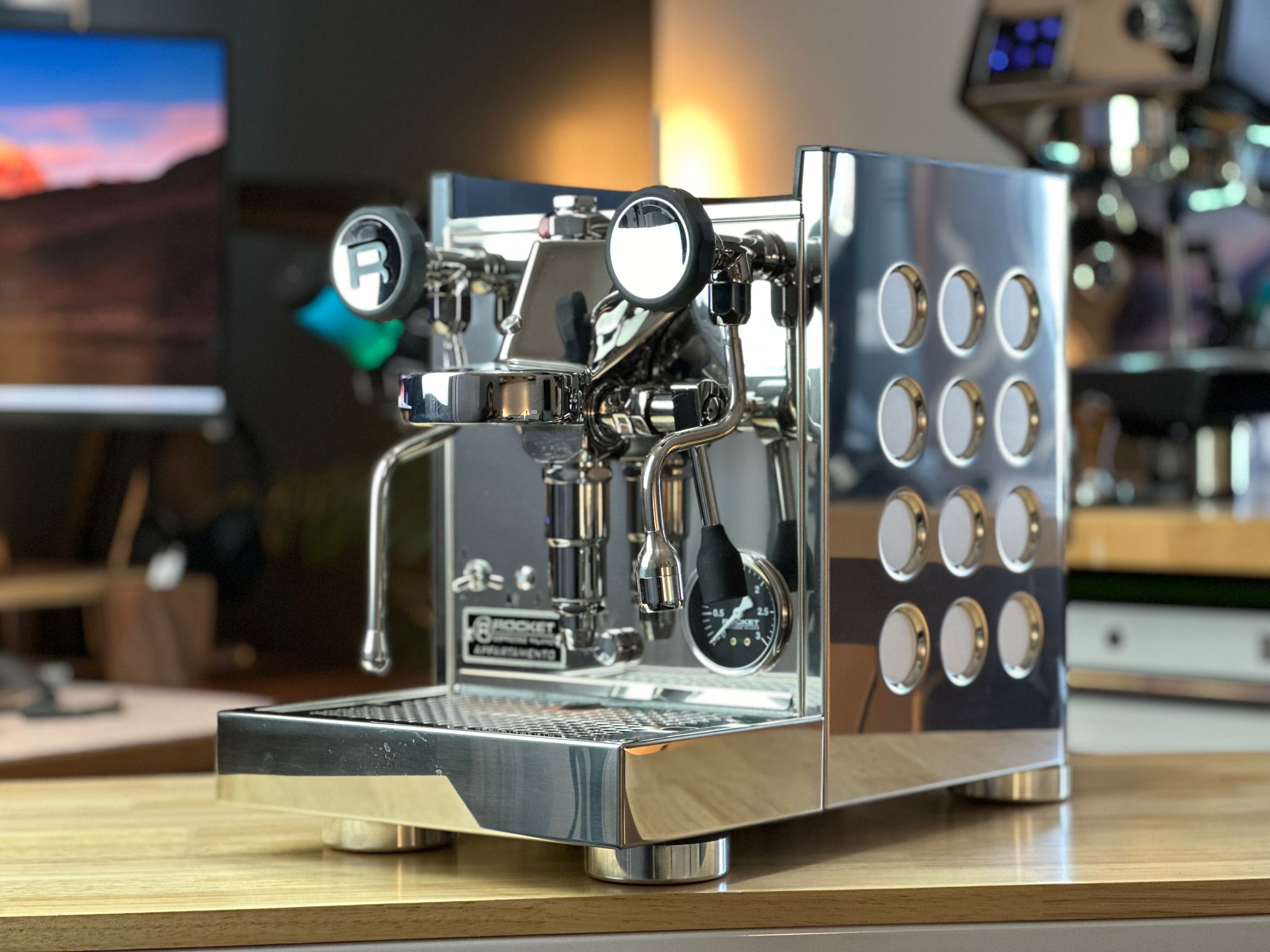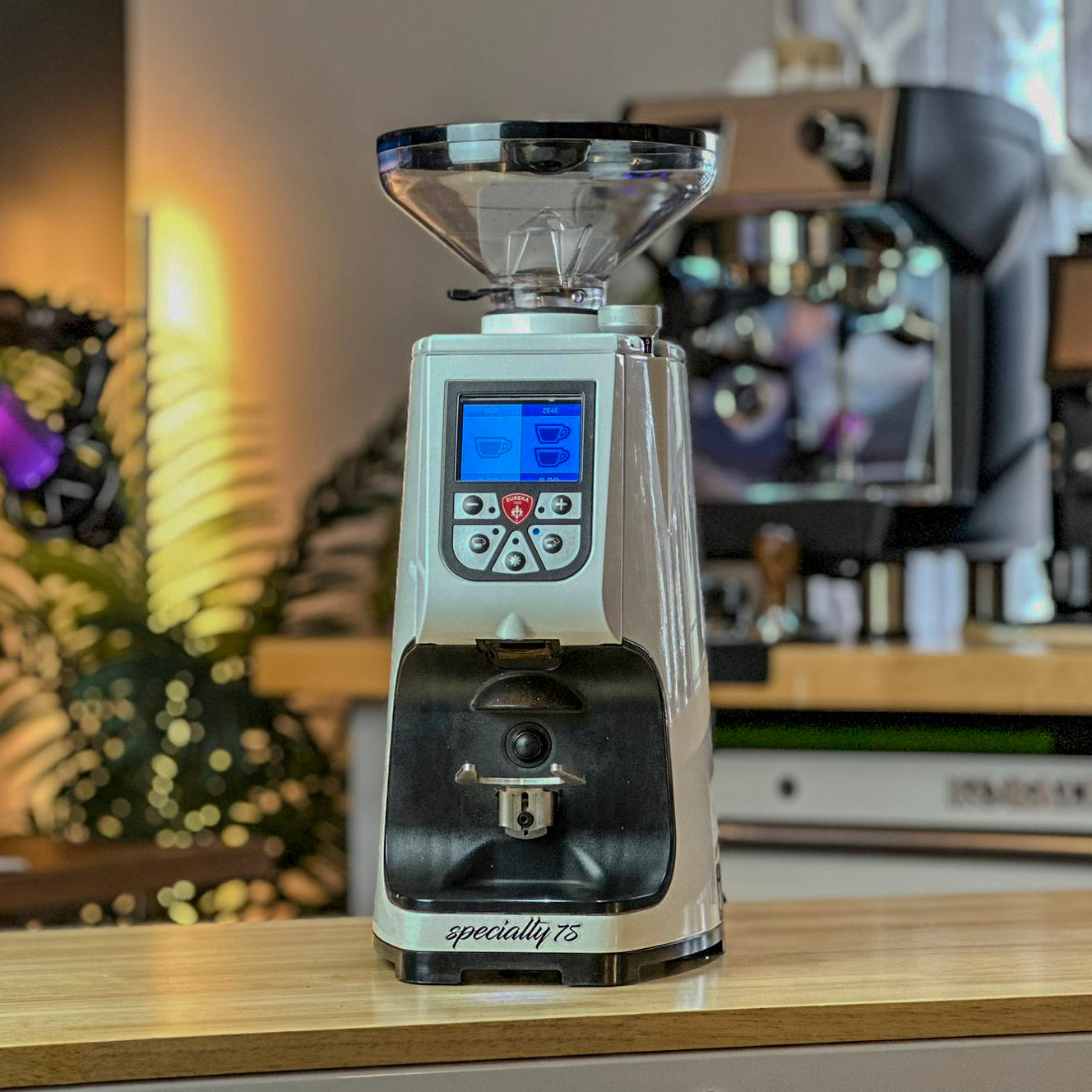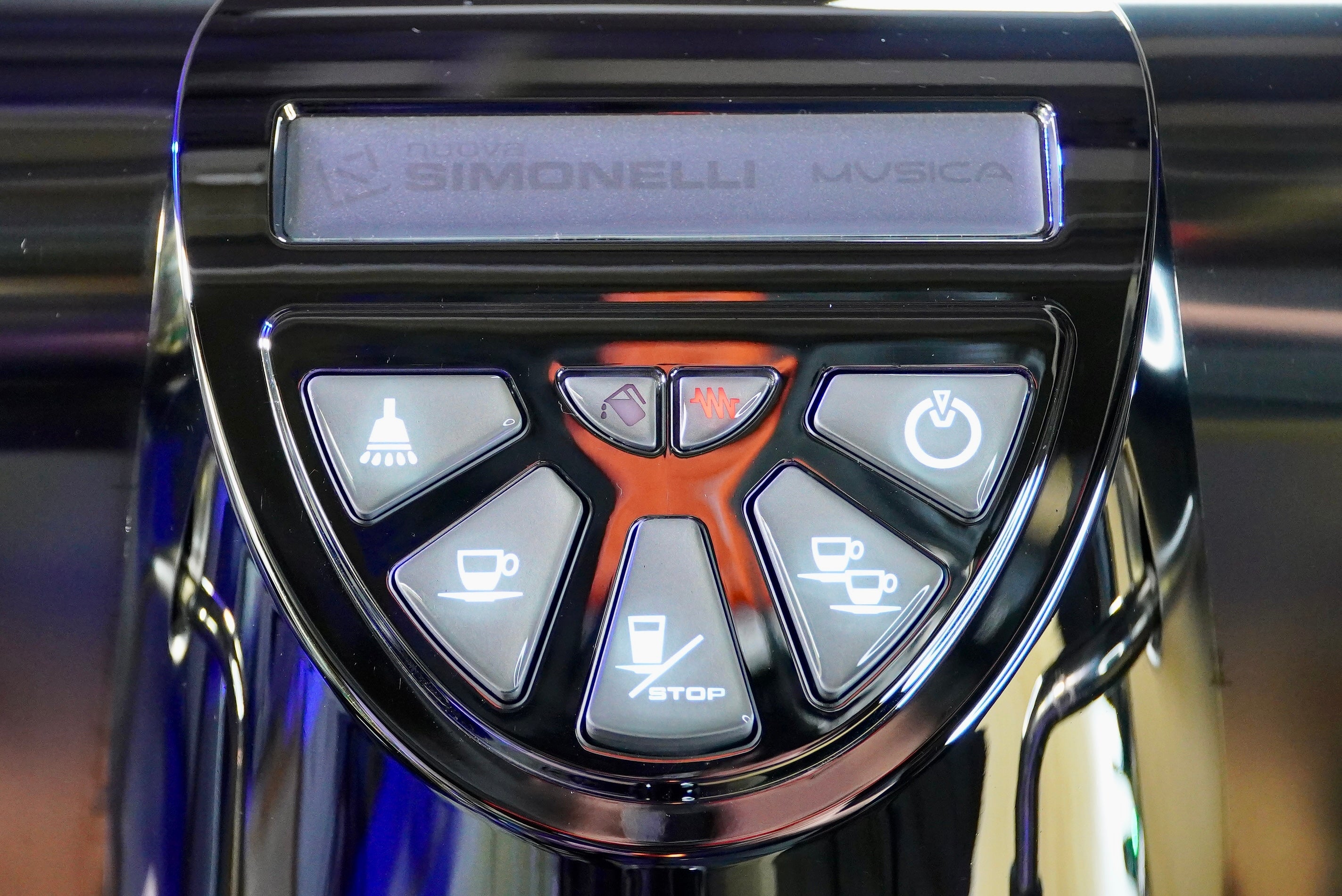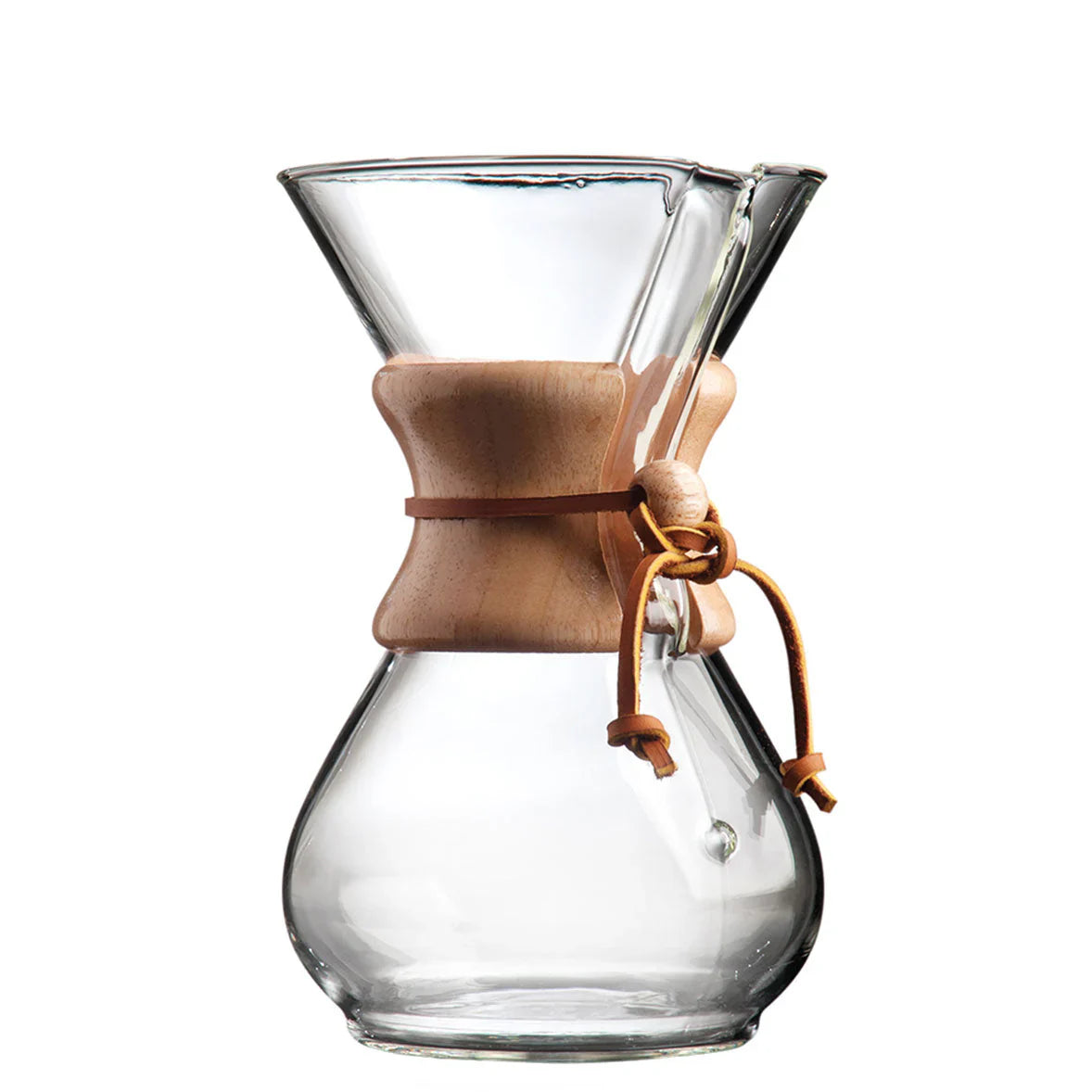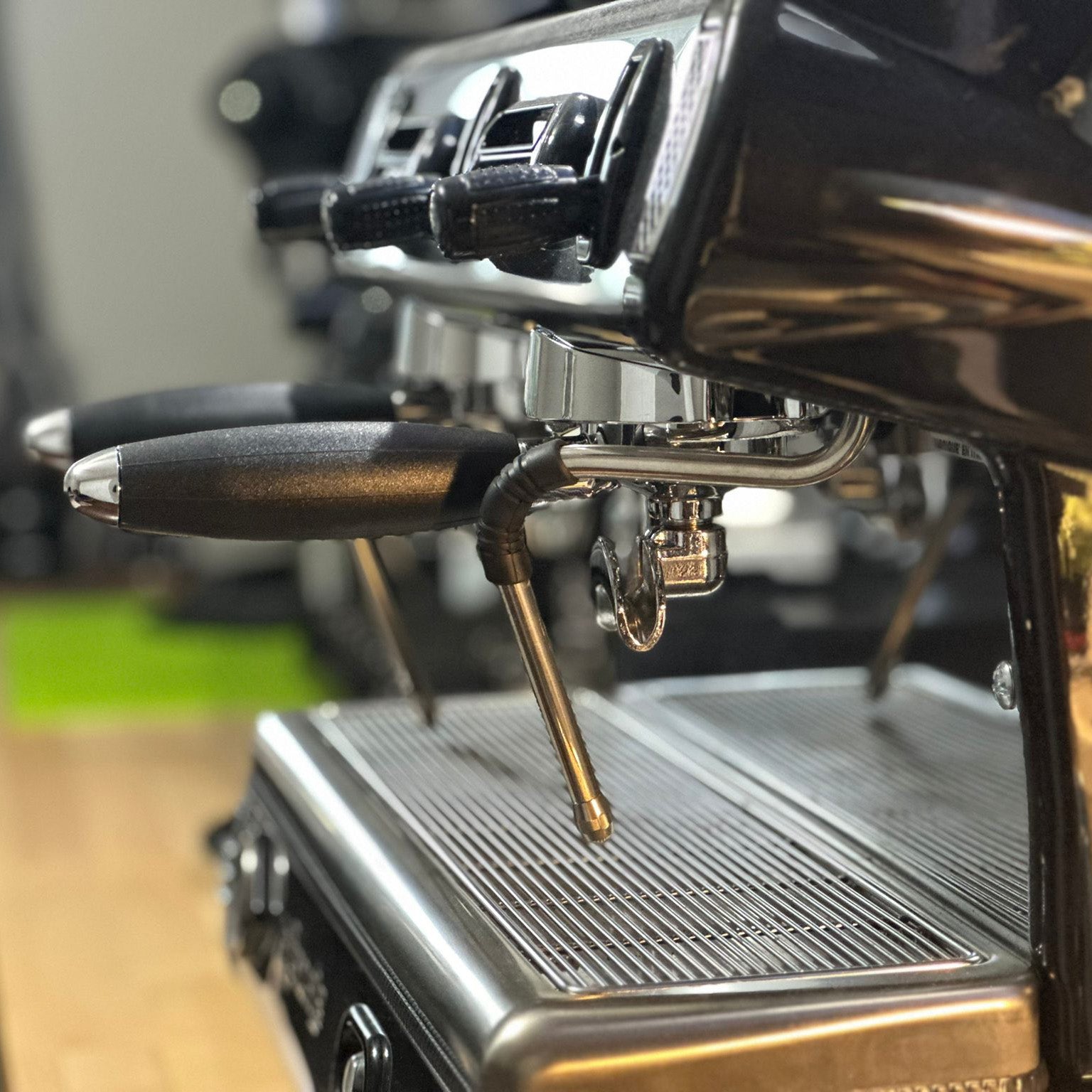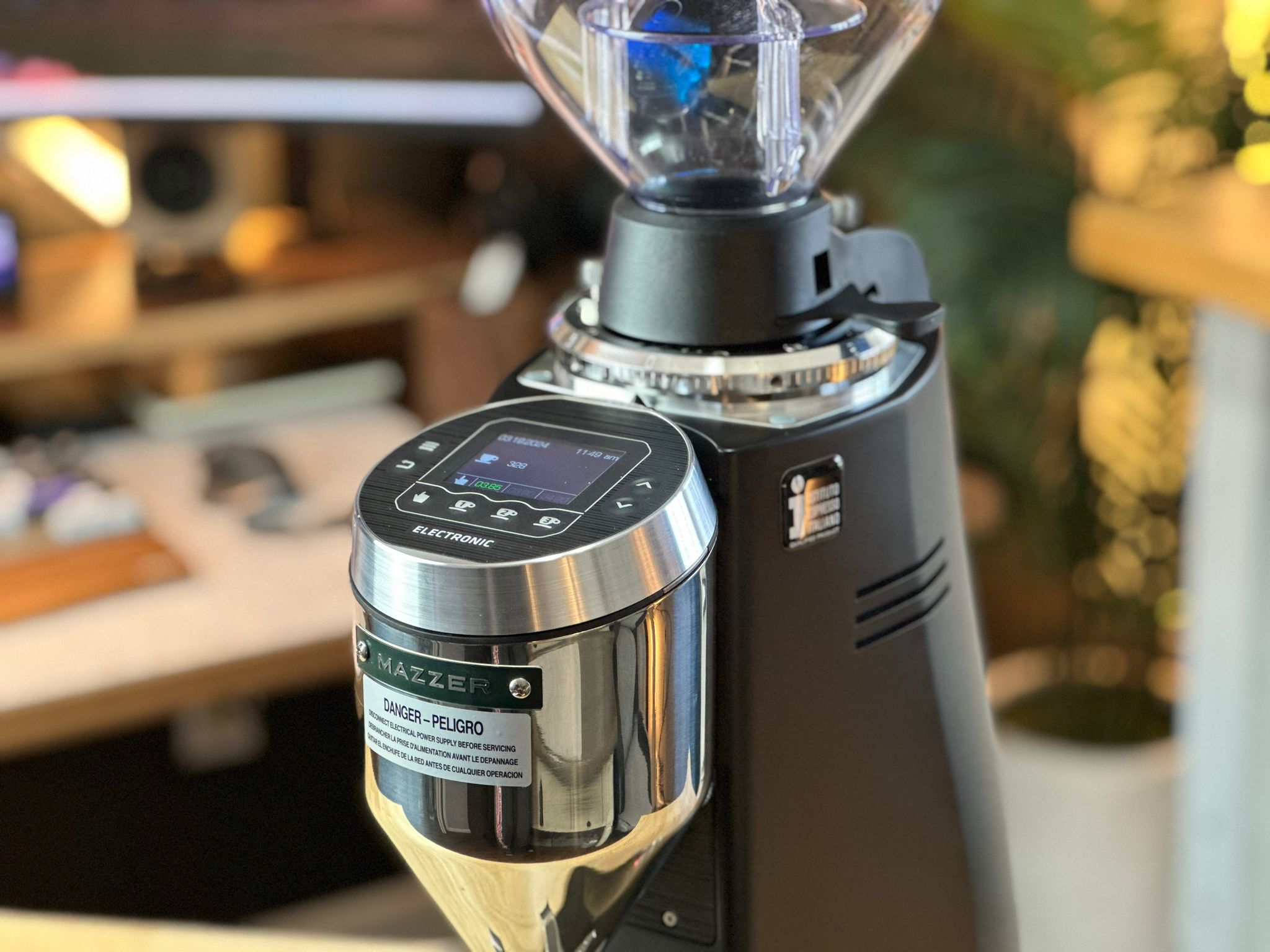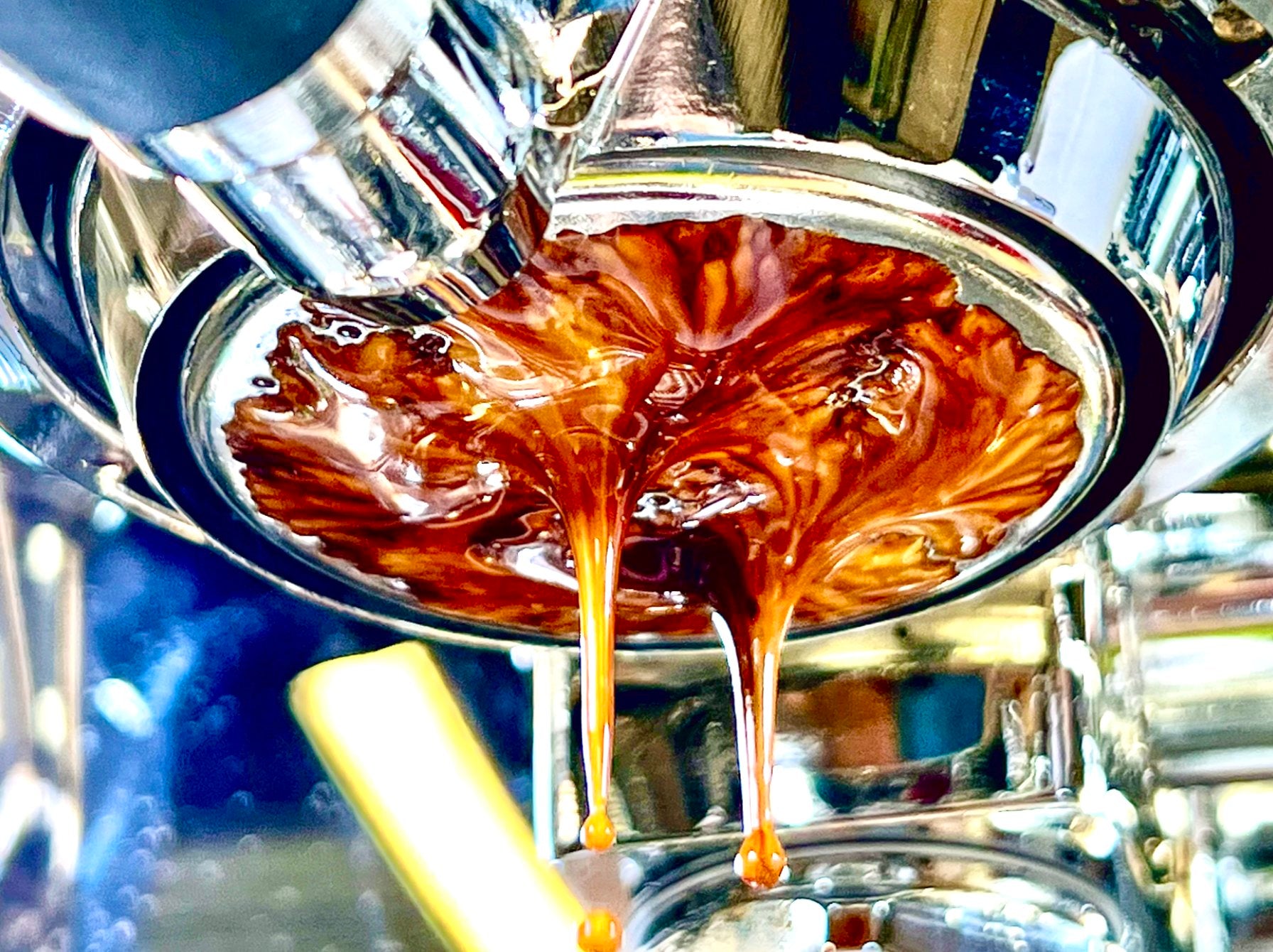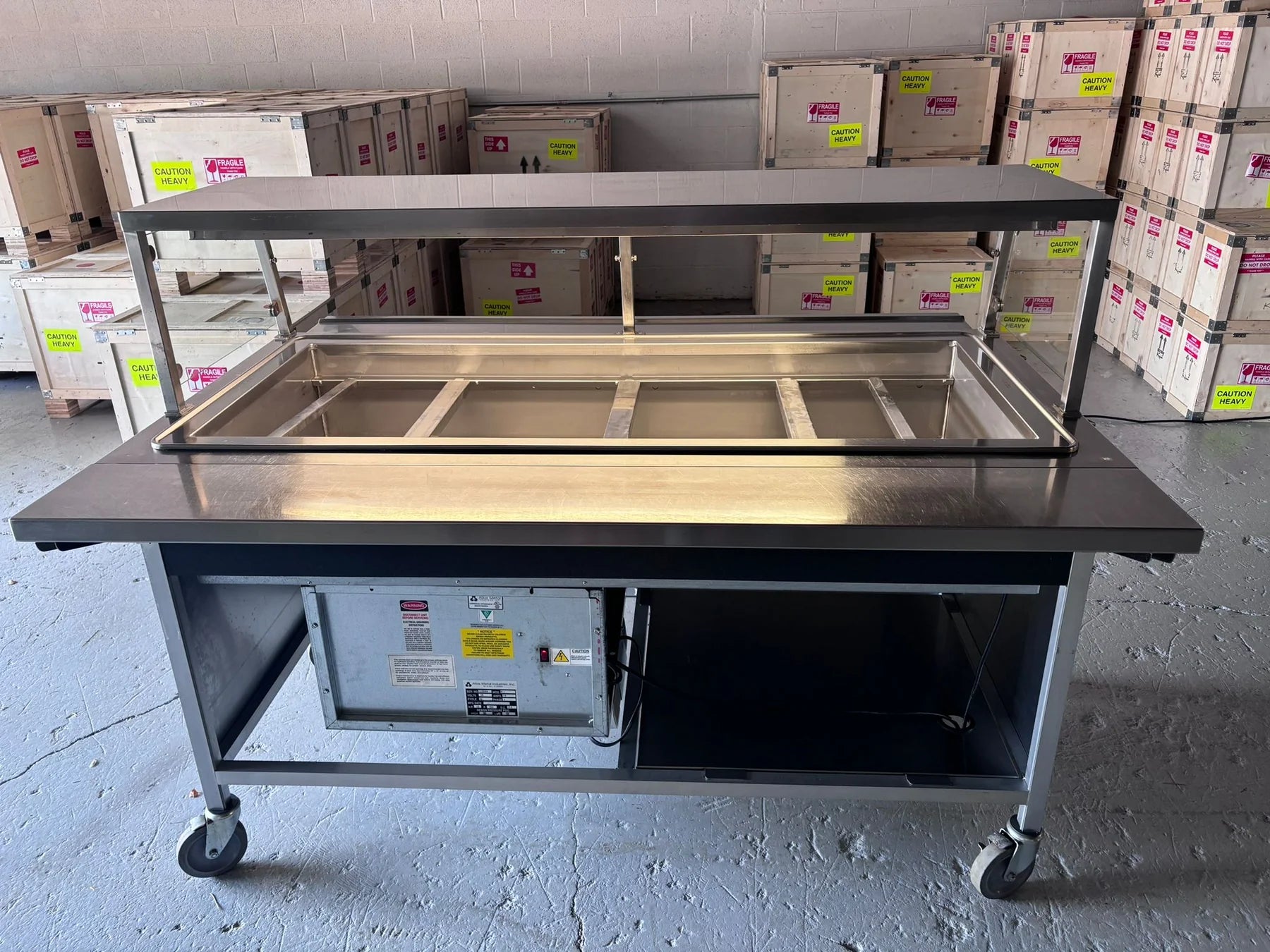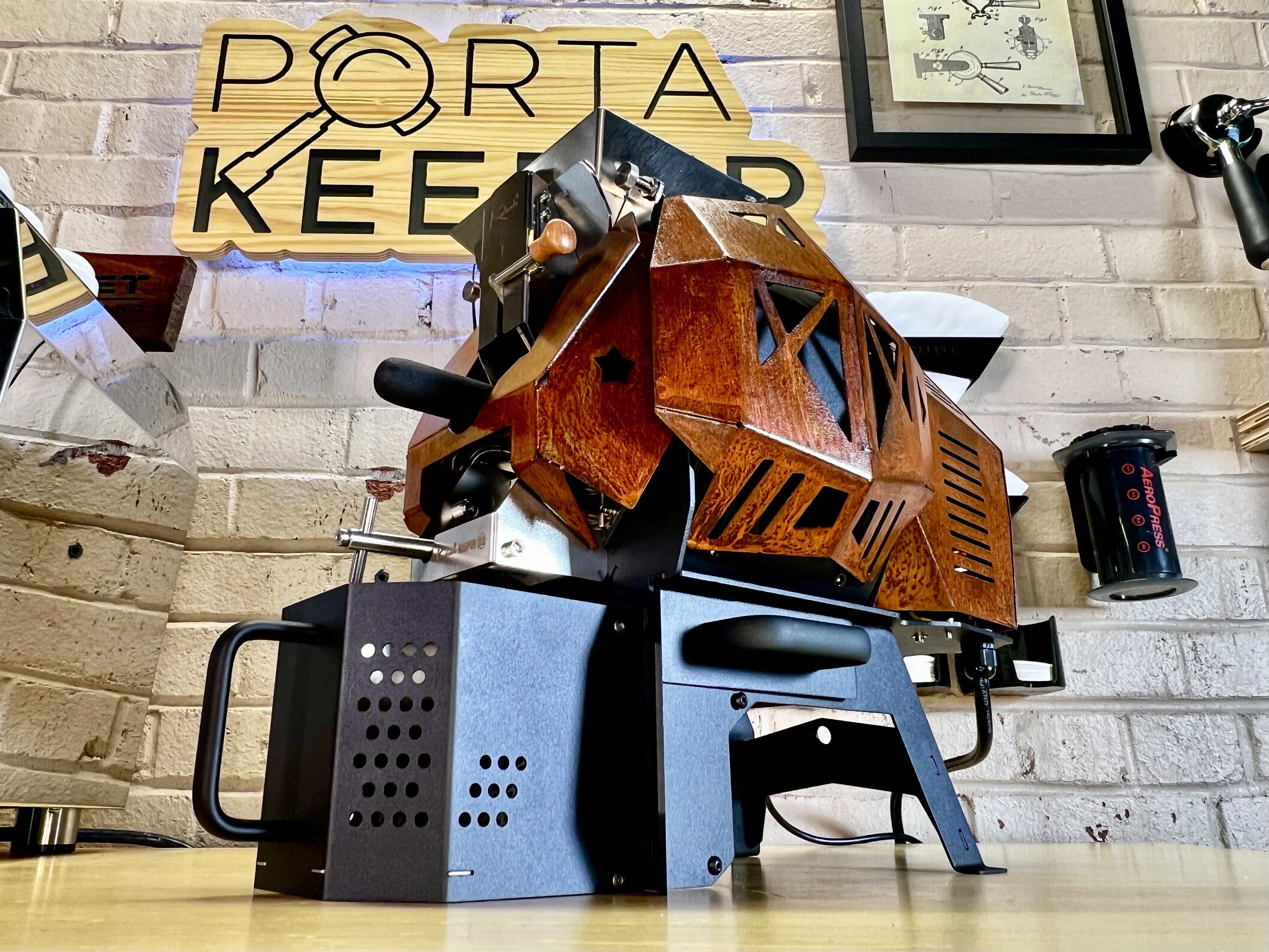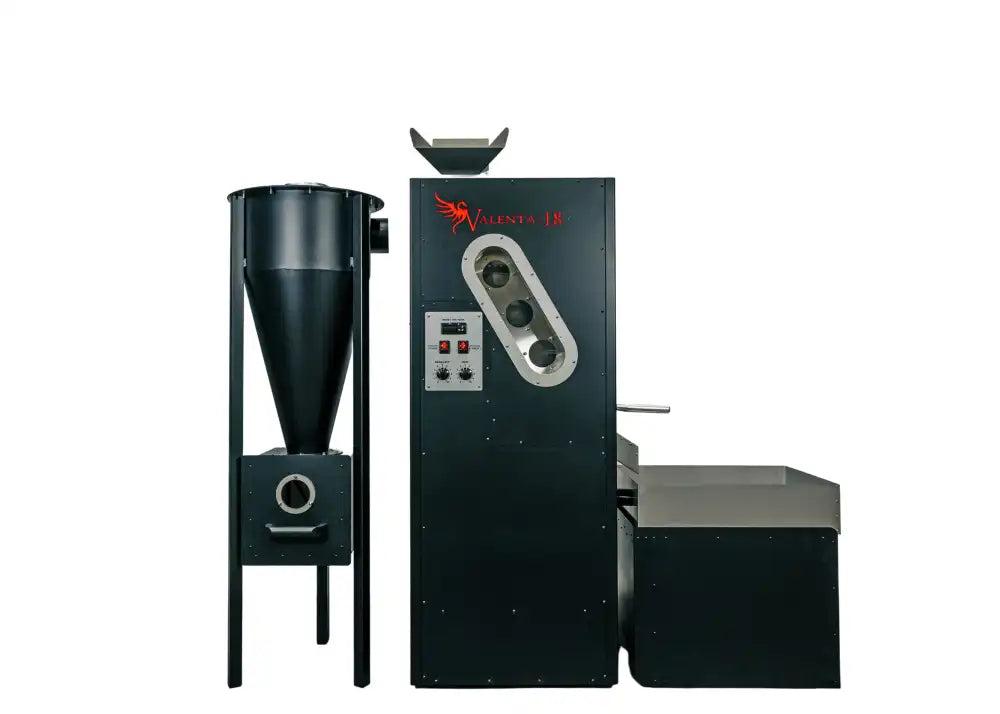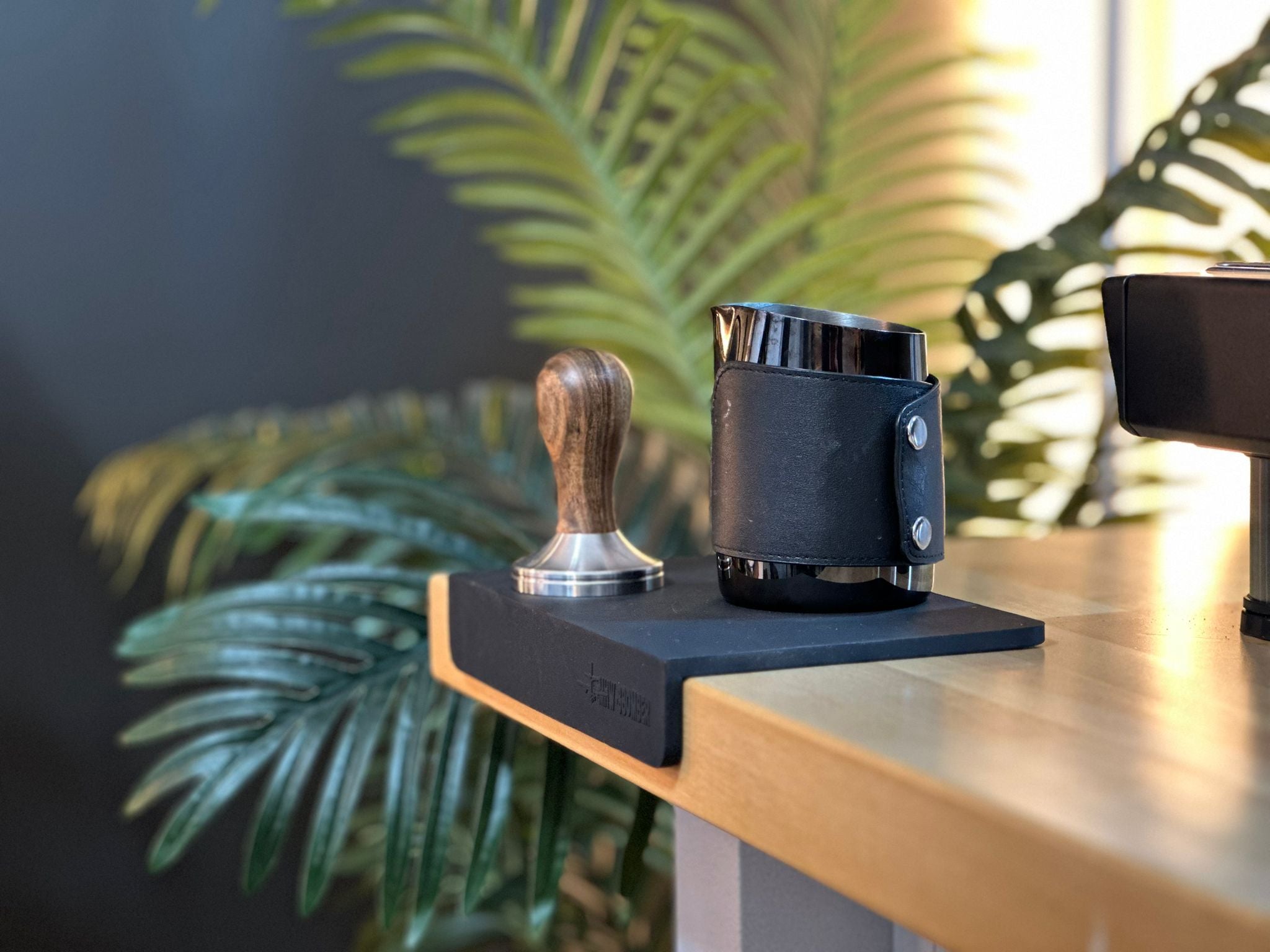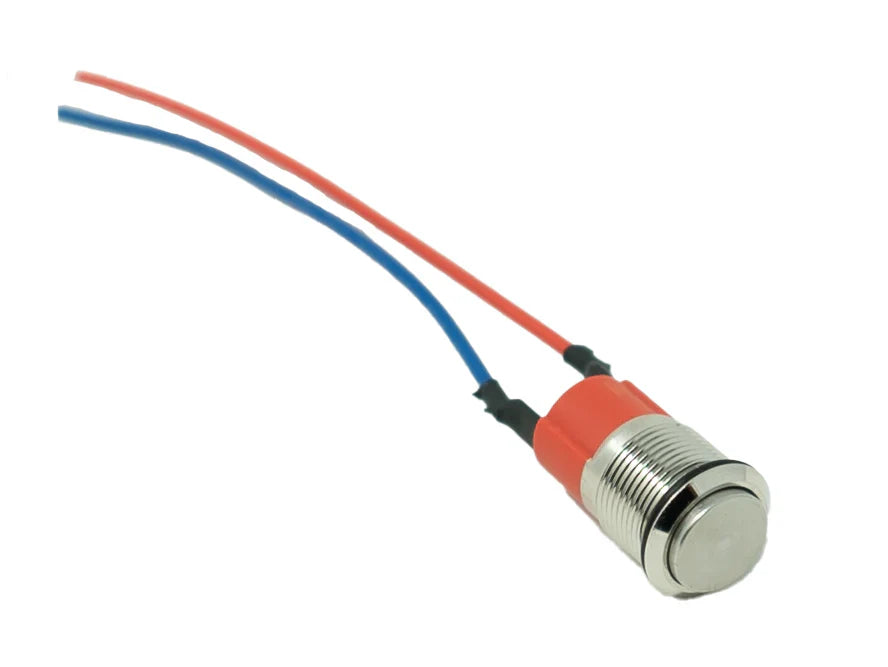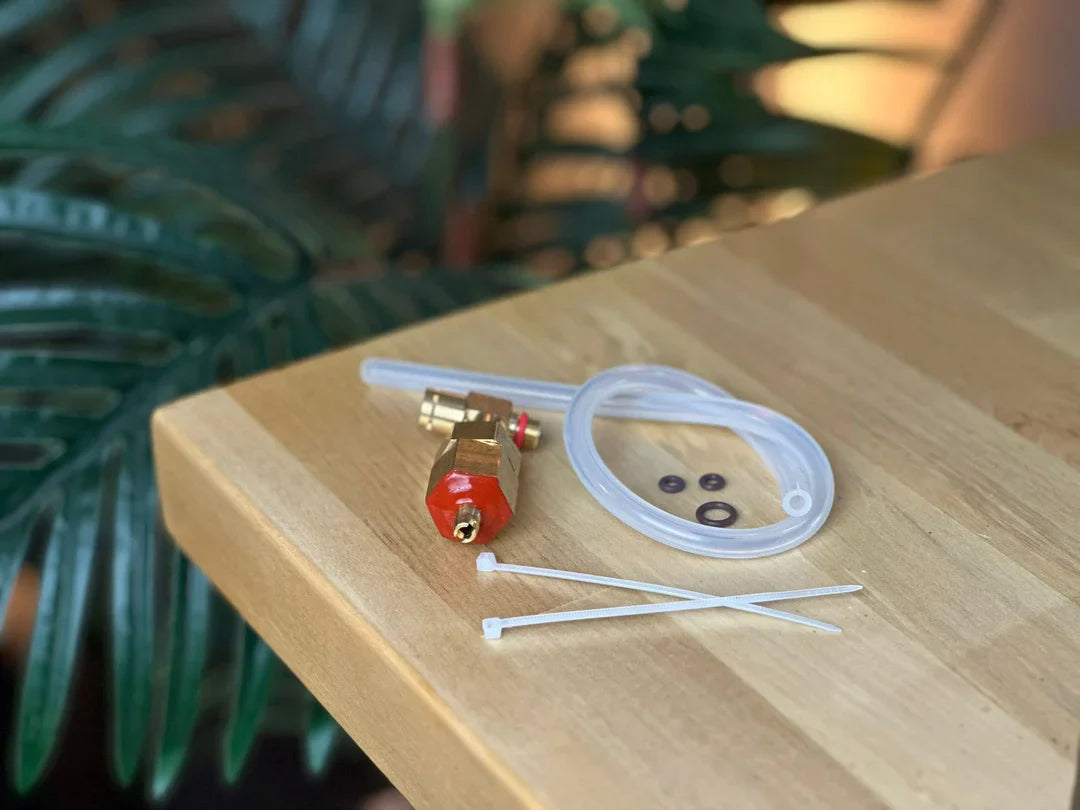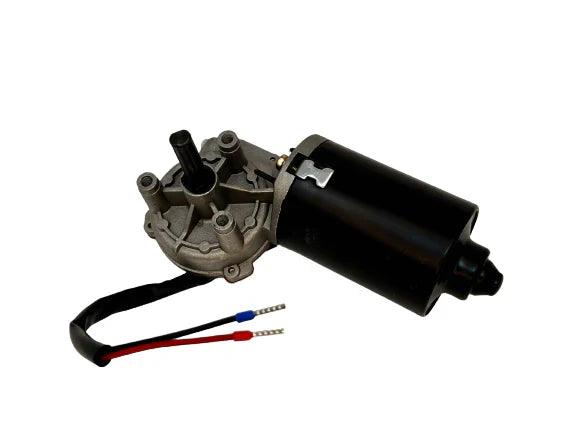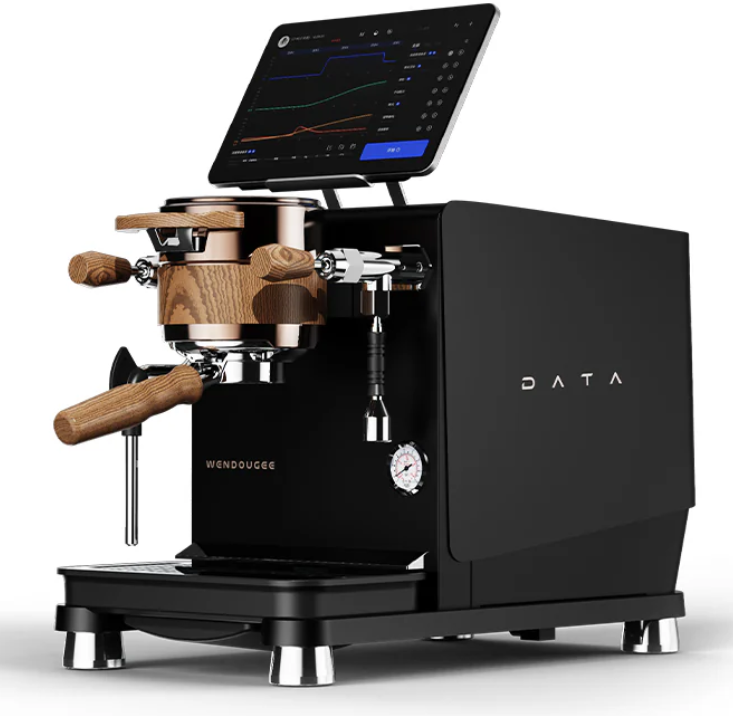Turbo Shots: A New Frontier in Espresso Extraction
In recent years, "turbo shots" have emerged as a groundbreaking espresso extraction method, largely thanks to research by Dr. Christopher Hendon and Michael Cameron. This innovative approach challenges traditional espresso brewing techniques by emphasizing coarser grinds, lower pressure, and shorter extraction times to achieve higher extraction yields and a sweeter flavor profile.
The Key Features of Turbo Shots
Coarser Grind: Traditional espresso often relies on fine grinds to maximize surface area, theoretically leading to higher extraction. However, Hendon and Cameron's research challenges this idea by showing that finer grinds can lead to uneven extraction. Fine particles tend to clog the espresso puck, leading to channeling and inconsistent flow rates. This results in under-extraction in some areas and over-extraction in others, reducing the overall yield of the espresso. In contrast, using a coarser grind promotes more even water flow through the puck, leading to a more consistent and higher extraction yield across the entire coffee bed.
Lower Pressure: Turbo shots are typically brewed at around 6 bars of pressure, significantly lower than the traditional 9 bars associated with standard espresso. While lower pressure alone might suggest a slower extraction, it pairs effectively with the coarser grind to allow for optimal flow rates and more controlled extraction. The reduced pressure helps avoid the over-extraction of bitter compounds, resulting in a sweeter cup.
Shorter Extraction Time: One of the most surprising elements of turbo shots is the extraction time, which lasts only 7 to 15 seconds. Despite the shorter time, turbo shots are capable of reaching high extraction yields, thanks to the optimal combination of grind size, pressure, and flow rate. This contrasts with the typical 25-30 seconds needed for traditional espresso brewing methods.
Mathematical Modeling and Research
The research behind turbo shots relies heavily on mathematical modeling. Hendon and Cameron demonstrated that the widely accepted notion that finer grinds lead to better extraction is not entirely accurate. The models showed that finer particles tend to cause uneven water distribution, leading to inconsistent results. Their findings suggest that grind size and flow rate are far more important than pressure in achieving consistent, high-quality espresso.
The research also introduced the concept that the clogging effect caused by fine grinds significantly reduces extraction yield. When water encounters resistance from packed fine particles, it forms channels in the coffee bed, limiting the amount of soluble material extracted. Coarser grinds, on the other hand, prevent these blockages, allowing for a more even distribution of water and a more efficient extraction process.
Flow Rate and Grind Size: The Essential Factors
While pressure plays a role, the video emphasizes that flow rate and grind size are the critical variables in determining the success of a turbo shot. By adjusting these two factors, baristas can achieve greater consistency in their espresso shots, avoiding the common pitfalls of under- or over-extraction. In turbo shots, a consistent and even flow rate is achieved through the use of coarser grounds, ensuring that water passes uniformly through the coffee bed.
Re-evaluating Traditional Espresso Methods
The development of turbo shots invites a re-evaluation of traditional espresso brewing parameters. While many espresso enthusiasts adhere to the idea that finer grinds, higher pressures, and longer extraction times are necessary for a great shot, turbo shots offer an alternative that focuses on efficiency, sweetness, and consistency. This method shows that achieving a well-extracted, flavorful espresso doesn't always require adherence to conventional wisdom.
Conclusion
In summary, turbo shots represent a significant shift in espresso brewing philosophy. By using coarser grinds, lower pressures, and shorter extraction times, baristas can produce sweeter, more consistent espressos with higher extraction yields. The research behind this method, based on mathematical models, proves that many traditional espresso beliefs—such as the necessity of fine grinds—are not always accurate. Instead, turbo shots offer an exciting new approach to espresso that could reshape how coffee is brewed worldwide.


